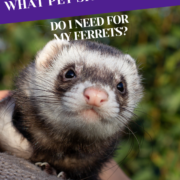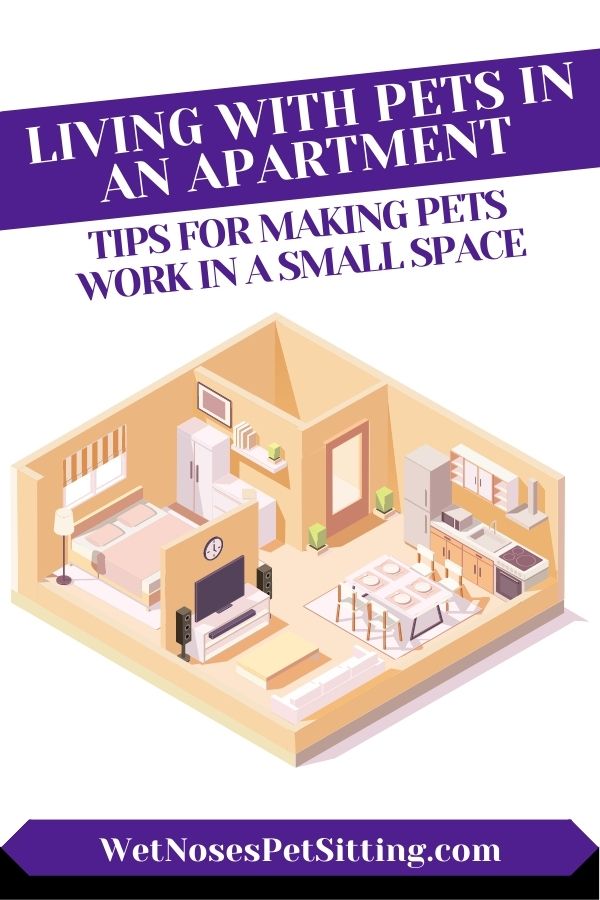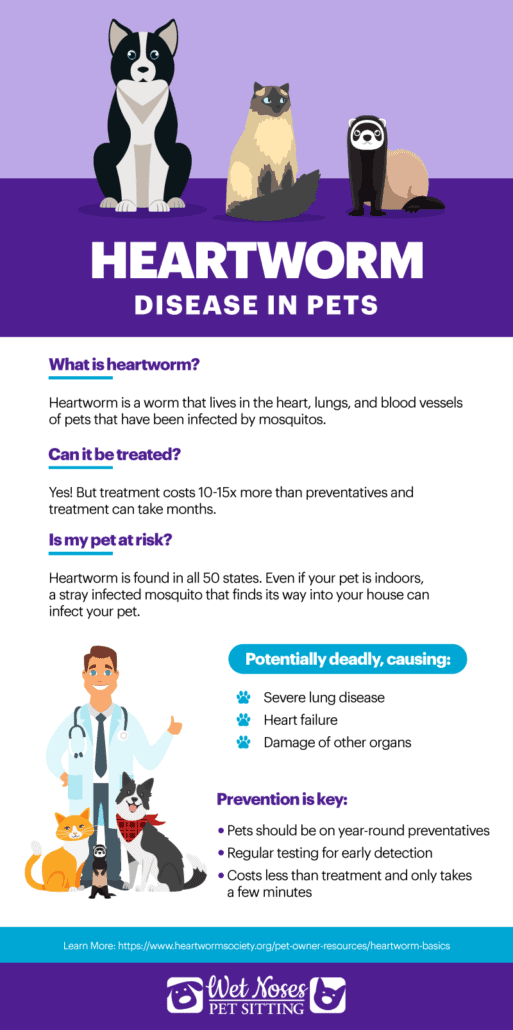What Pet Sitting Visits Do I Need For My Ferrets?
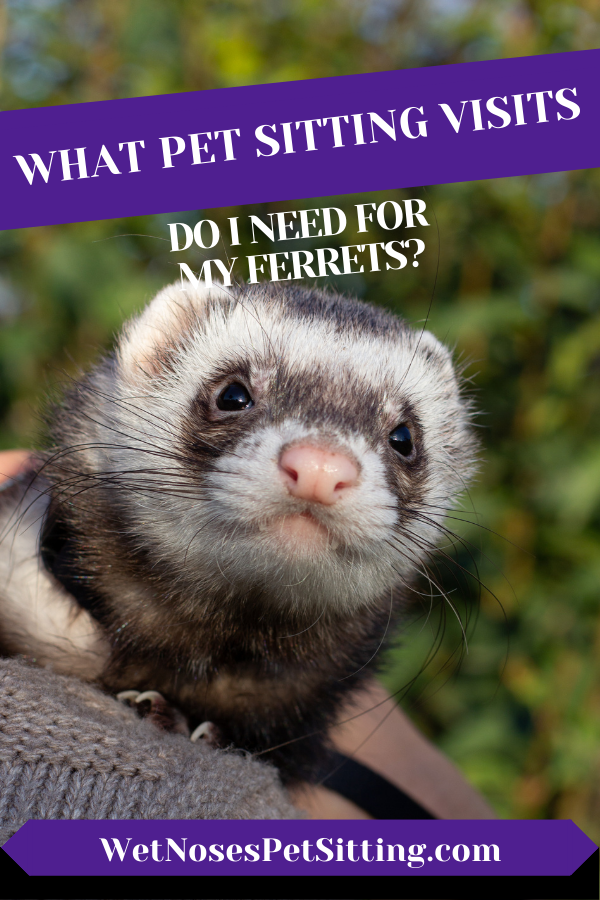
Ferrets are energetic and curious little creatures that may be small in size, but they have big personalities that will steal your heart. If you’re a ferret owner planning to be away, this blog is here to equip you with all the essential tips and visit recommendations for ensuring a happy and healthy experience for your ferret during pet-sitting visits.
Below you’ll find our two recommended visit schedules for ferrets.

Ferret Option#1
This is an ideal schedule for ferrets that need to be checked on twice a day.
15 or 30 Minute Breakfast Visit – Your sitter will arrive and check on your ferrets. Many ferrets are social and will need time outside of their cage, or to be moved to a different cage during the day (or evening). Your sitter is happy to spend time with your ferrets as long as it can be done so safely. During this visit your sitter can change food, water, clean their cage and play areas, and clean litter boxes. Your sitter can then set your ferrets up for the day. The length of the visit should be determined by how much cleaning and social time your ferrets will need.
15 or 30 Minute Dinner Visit – Your sitter will arrive around dinner time and get your ferrets set up for the evening. This can include any food changes that are needed, cleaning up from the day, and preparing for the fun evening play to come. If your ferrets prefer social time in the evening, this visit can be even longer to allow for lots of playtime.
Ferret Option#2
This is an ideal schedule for ferrets that only need to be checked on once daily.
15 or 30 Minute Visit – Your sitter will arrive and check on your ferret. This visit can be scheduled at any time of day your ferrets are active or are used to being fed. During this visit your sitter can change food, water, clean their cage and play areas, and clean litter boxes. If your ferret is social and would like time outside of the cage while your sitter is there, that can be done as long as it is safe for your ferret. The length of this visit should be determined by how much social time your ferret enjoys and how much cleaning needs to be done.

Our Considerations for Ferrets
For ferrets, there are some very specific steps we take to keep them as safe and relaxed as possible.
- Your sitter will want to know the routine of your ferrets and if there are any behaviors that would be concerning.
- If you are wanting your ferrets to spend time out of the cage, there will need to be a safe set up for your sitter to let them out.
- If you have had any recent health concerns with your ferrets, please inform your sitter so she can watch out for them.
- Ferrets can make a mess of their food, water, and enclosures. Your sitter will need access to all of your supplies in case any issues arise.
- Whenever possible, we will try to pair you with a pet sitter that has experience with ferrets. If we do not have one available, we will discuss options with you.
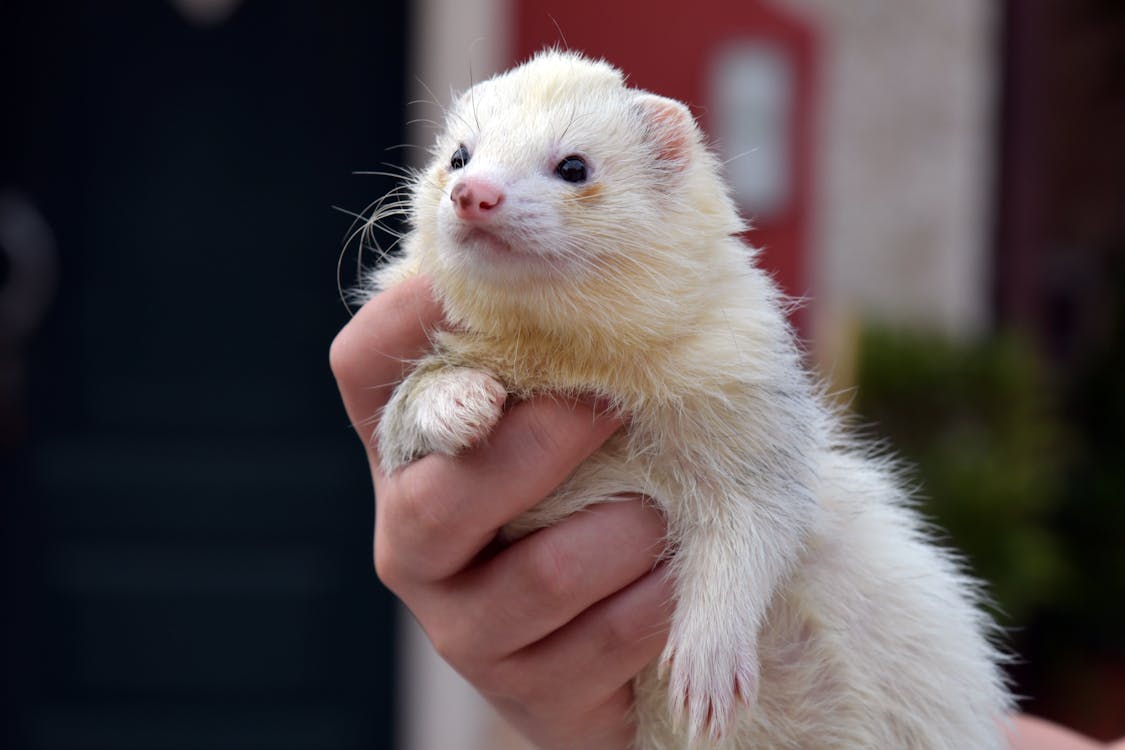
Time to Customize!
We want to work with you to set up the best possible schedule for your ferrets, so you are all happy during your trip. We also know that each home is different, and a lot of people have more than just one pet! After you have a basic idea of your schedule we sit down to figure out the nitty-gritty:
- Are there any other pets in the home that need feeding, medication, etc.? We make sure your visit has enough time to get everything done.
- We have time to clean out food and water bowls, clean up any messes, etc.
- Many people who love animals, also love plants! Short visits do not have a lot of time for plants. If you need the sitter to water more than 1-2 plants, we will need to schedule a longer visit for those days. If you have beautiful summer gardens, then we need to see how long they take to water and add that to your normal visits.
- Household tasks such as; bringing in the newspaper, collecting the mail, turning lights off and on, and taking out the trash. This can all be done on your normal schedule.
- Do you want updates every visit? Many clients do, just keep in mind that your sitter will take a couple of minutes to send an update.
- Keep in mind that it will take a sitter a bit longer to get the work done than it takes you. Especially if you have extensive routines for your pets and home. You have had years to perfect your system! We always try to make sure your pet sitter will have enough time for everything. That way they will not feel stressed and your pets will receive the focus they deserve.

